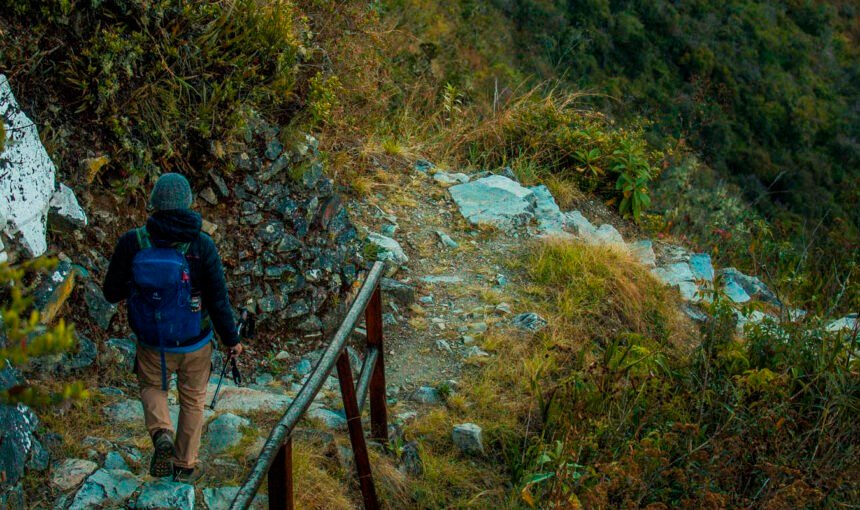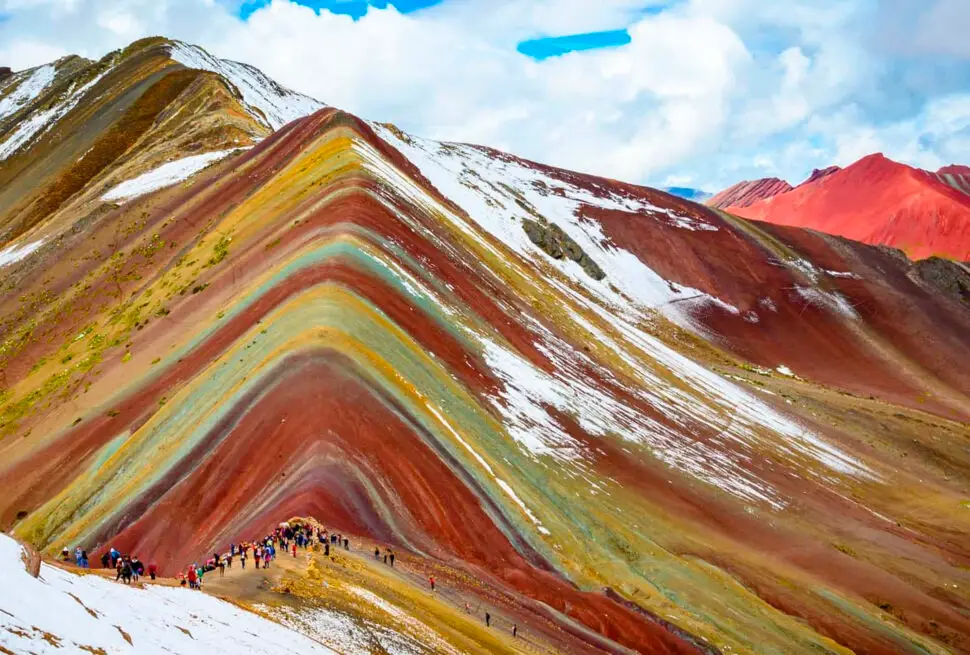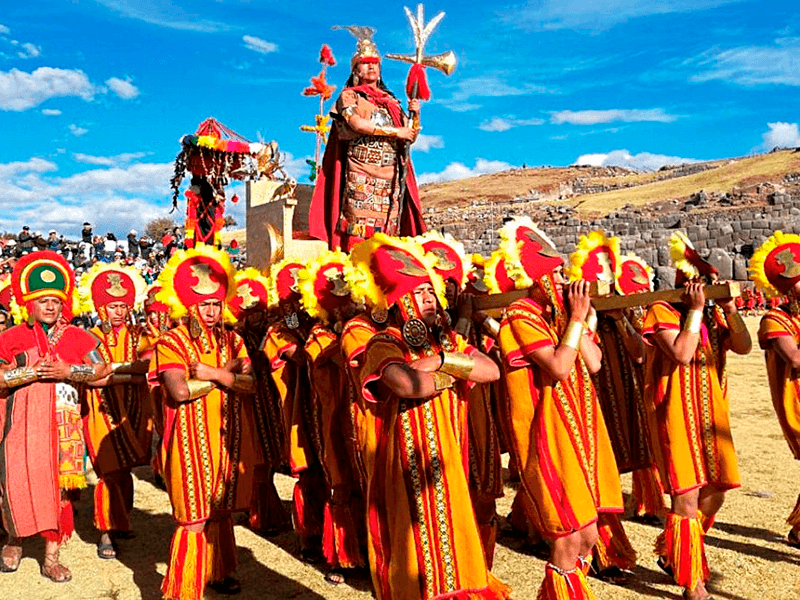The Inca Trail is one of the most famous trekking routes in the world, leading adventurers through the rugged Andes to the legendary Machu Picchu. The trail is not just a scenic route; it is a journey through history, following ancient paths once traversed by the mighty Inca Empire. The Inca Trail offers a unique combination of breathtaking landscapes, fascinating archaeological sites, and rich cultural heritage, making it an iconic experience for those looking to immerse themselves in Peru’s past. This article explores the history of the Inca Trail, its cultural significance, and how it became a modern-day pilgrimage for travelers worldwide.
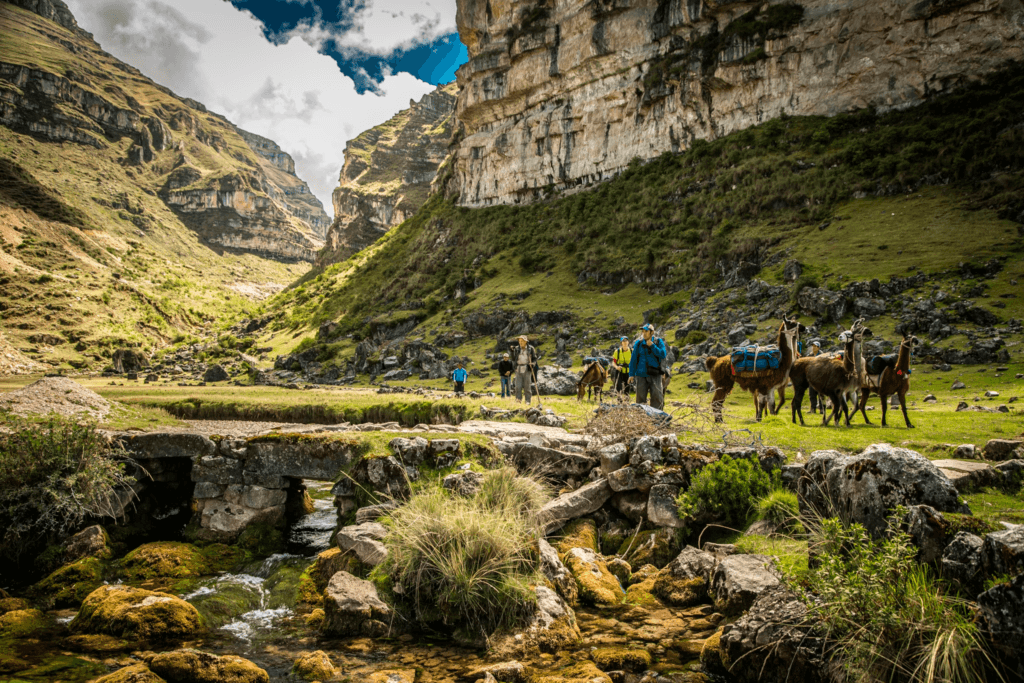
Origins of the Inca Trail
The Inca Trail was built during the height of the Inca Empire in the 15th century, under the rule of Emperor Pachacuti. Rather than being a single path, it was part of the Qhapaq Ñan, a vast network of roads that connected the empire from present-day Colombia to Chile. The section we know as the “Inca Trail to Machu Picchu” was constructed to link the sacred city of Cusco with the spiritual sanctuary of Machu Picchu, crossing high mountains, cloud forests, and valleys.
The Purpose of the Inca Trail
Unlike other Inca roads designed for trade or communication, this route had a ceremonial and spiritual purpose. The trail was used by priests, nobles, and pilgrims traveling to Machu Picchu, which was likely a royal estate and religious center. Along the way, travelers would stop at sacred sites and ceremonial stations, preparing spiritually before arriving at the Sun Gate (Inti Punku)—the dramatic entrance to Machu Picchu where the sunrise aligned perfectly with the citadel.
The Discovery of the Inca Trail
For centuries, the trail remained hidden beneath dense vegetation after the fall of the Inca Empire. It wasn’t until the early 20th century, when explorer Hiram Bingham rediscovered Machu Picchu in 1911, that the existence of the trail gained attention. In the following decades, archaeologists and explorers cleared sections of the route, revealing its incredible stonework, stairways, and archaeological sites. By the mid-20th century, it became accessible to hikers, eventually transforming into the world-renowned trek we know today.
The Structure of the Inca Trail
The Inca Trail is a masterpiece of ancient engineering. Stretching roughly 42 kilometers (26 miles), it includes stone-paved paths, steep staircases, suspension bridges, and tunnels carved into rock. Along the way, hikers encounter a series of important archaeological sites, such as Llactapata, Runkurakay, Sayacmarca, Phuyupatamarca, and Wiñay Wayna—each serving as ceremonial or resting points for ancient travelers. The trail culminates at Inti Punku, offering the first breathtaking view of Machu Picchu, just as the Incas once experienced it.
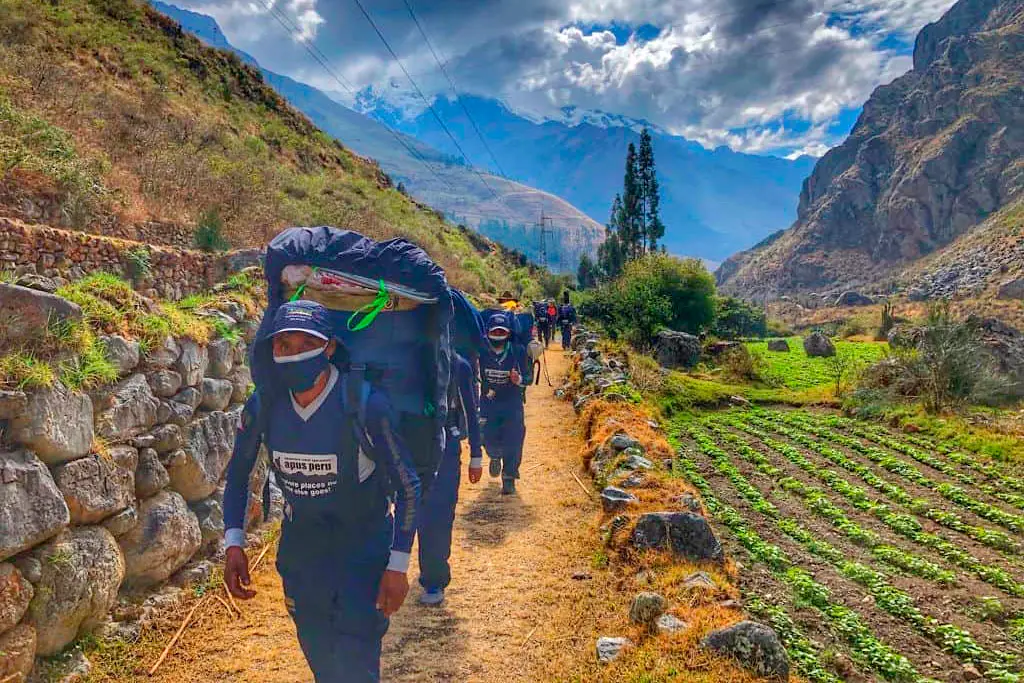
Cultural Significance and Modern-Day Importance
The Inca Trail is more than just a hiking route—it’s a living testament to the Inca civilization and their remarkable achievements in engineering, architecture, and agriculture. The trail connects trekkers to a time when the Incas ruled a vast empire and developed an infrastructure that was both functional and spiritual.
For the Incas, the mountains were sacred, and the Inca Trail symbolized a spiritual journey as much as a physical one. Many historians believe that Machu Picchu was a royal estate built for Pachacuti, the Inca emperor who expanded the empire, and that the trail was used by pilgrims and nobles traveling to the sacred city. Along the route, religious ceremonies and offerings would have been performed to honor the mountain gods and other deities.
In modern times, the Inca Trail has become a bucket-list experience for adventurers and history enthusiasts alike. The trek is not just about reaching Machu Picchu but also about experiencing the awe-inspiring beauty of the Andes and walking in the footsteps of the Incas. It’s an opportunity to connect with nature, reflect on the past, and gain a deeper appreciation for the ingenuity and spirituality of the Inca civilization.
The Protection and Preservation of the Inca Trail
As tourism to the Inca Trail has grown, so too has the need to protect and preserve this fragile historical site. The Peruvian government, in collaboration with international organizations, has implemented measures to ensure the trail’s sustainability and prevent damage caused by over-tourism. Some of these measures include:
- Limiting the number of trekkers: Only 500 people, including guides and porters, are allowed on the trail each day. This restriction helps reduce foot traffic and preserve the natural and archaeological environment.
- Permit system: Trekkers must obtain a permit to hike the trail, which can sell out months in advance during peak season. This system ensures that the number of visitors is controlled.
- Conservation efforts: The Peruvian government and conservation groups continue to work on protecting the trail, restoring damaged sections, and managing waste and environmental impact.
These measures help ensure that future generations can continue to enjoy the Inca Trail while preserving its historical and cultural significance.
Conclusion
The Inca Trail is not just a path to Machu Picchu; it’s a journey through the heart of the Inca Empire. From its origins as part of the Qhapaq Ñan road system to its rediscovery in the 20th century and its modern-day status as a world-renowned trekking route, the Inca Trail is steeped in history and spirituality. For those who embark on this trek, it offers a chance to experience the grandeur of the Andes, connect with the past, and witness one of the world’s greatest archaeological wonders.
As travelers continue to explore this ancient route, the responsibility to protect and preserve it remains paramount. The Inca Trail is more than just a tourist attraction—it is a living connection to the legacy of the Inca civilization, and its preservation ensures that its history will endure for generations to come.

